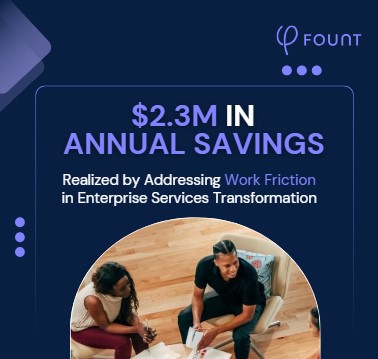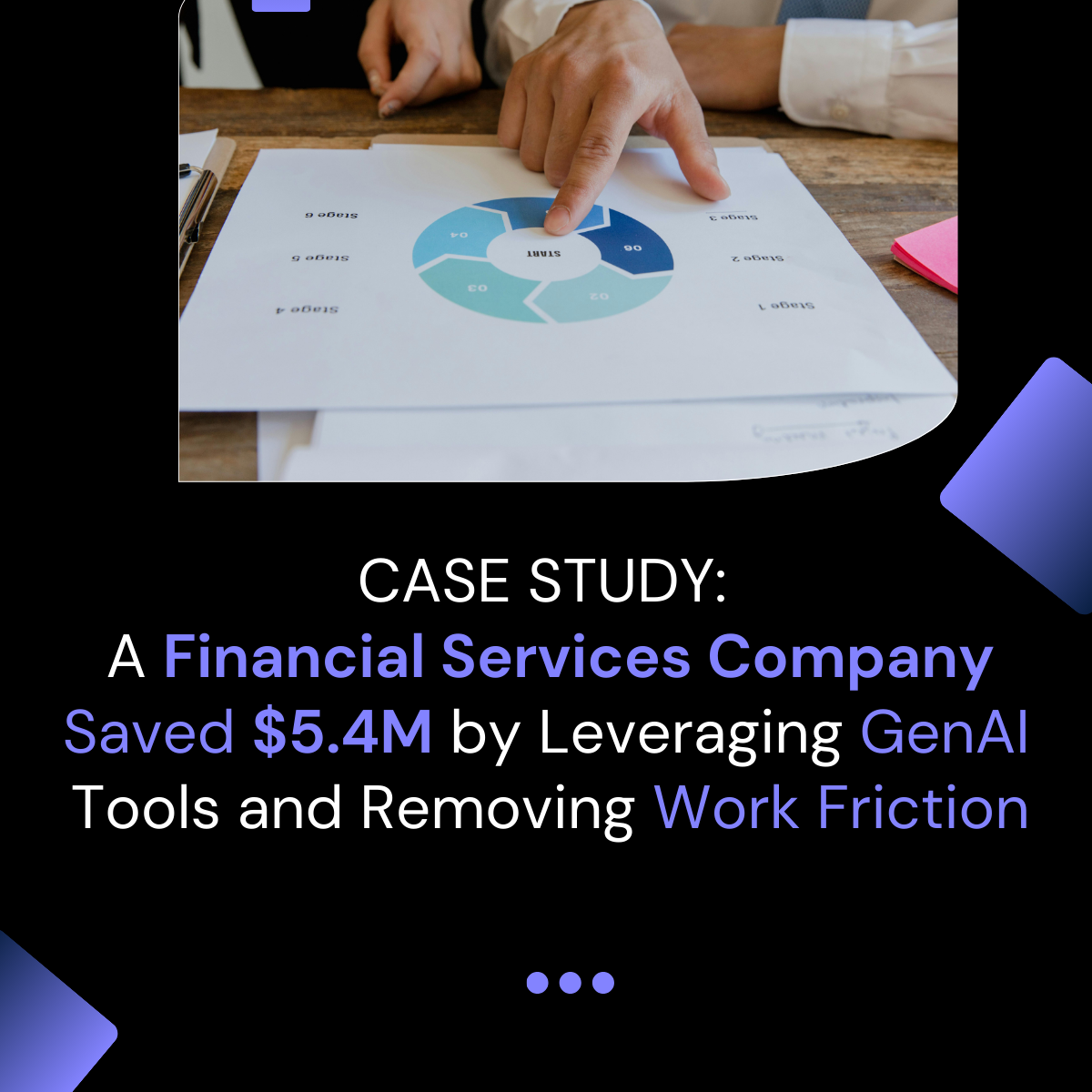Internal Customer/Worker Experience KPIs as the Ultimate Leading Indicator
A summary of the details of the article will go here.
By Stephanie Denino, Managing Director TI People.
It’s becoming increasingly clear that specific worker-focused experience KPIs hold unparalleled power as leading indicators for a multitude of downstream business outcomes. For leaders striving to achieve critical results, these KPIs could be the key to unlocking the full potential of their operations and digital transformations.
When discussing internal customer or worker experience KPIs, we typically approach the topic from the perspective of two distinct groups of leaders:
Group 1: Functional leaders across HR, IT, Workplace, Finance, and Shared Services (among others), who are responsible for the design and delivery of employee-serving products and services.
Group 2: Business leaders who own the P&L and oversee a high-volume, high-value workforce, shaping the strategies, structures, capabilities, and processes needed to run an operation that delivers value to their customers.
For this article, let’s focus on the first group: the functional leaders.
The Mandate for Functional Leaders
If you are a functional leader responsible for delivering enterprise products and services to employees, your mandate is typically clear: digitize, automate, standardize, and scale. The goal is to ensure that the products and services you deliver are not only low-cost but also frictionless, meeting the ever-increasing expectations of your employees.
In pursuit of this mandate, you may engage with consultants to implement new technologies, outsource certain services, or deploy automation tools to streamline operations. You diligently track SLAs like first-time resolution rates and transaction NPS (Net Promoter Scores), and on paper, everything seems to be moving in the right direction. Your cost to serve may decrease, and initially, all appears well.
The Hidden Friction
But then, the rumblings begin. You start hearing about frustrated users and notice lower-than-expected adoption rates. Despite your best efforts, there’s a sense that something isn’t quite right. You suspect that there’s friction in the experience, but pinpointing the exact nature, location, and extent of this friction is incredibly challenging.
The challenge lies in gaining a comprehensive view of what your internal customers are experiencing. The services you provide often involve a complex web of cross-functional touchpoints, many of which fall outside your direct control. As a result, it’s difficult to see the full picture of where friction exists, how it impacts the workforce, and what can be done to address it.
The Aspiration of Functional Leaders
I frequently speak with leaders who find themselves in this exact situation. They describe a reality where they are constantly battling against organizational silos, struggling to bring visibility to the friction that plagues their internal customers. They dream of having a unified, clear view of the entire experience across services —one that allows them to address issues proactively and operationalize experience-centricity across the board.
A New Kind of Data/KPI Chain
Now, picture a new kind of KPI chain that not only tracks the obvious metrics but also uncovers the subtle, often invisible aspects of the employee experience. This isn’t just a theoretical exercise; it’s something that has been implemented successfully by forward-thinking organizations. Leaders who have adopted these advanced metrics describe them as game-changers—enabling them to fully operationalize experience-centricity within their organizations.
These KPIs allow organizations to break through silos, identify and address hidden friction, and create a seamless, frictionless experience for internal customers. In doing so, they help drive the business outcomes that leaders are tasked with achieving, such as increased productivity, greater efficiency and better experience.
The Way Forward
For functional leaders, embracing worker-focused experience KPIs isn’t just a nice-to-have—it’s a strategic imperative. As organizations continue to digitize, automate, and scale their operations, the ability to measure and manage the internal customer experience will become a key differentiator. Those who can harness the power of these KPIs will be better positioned to deliver on their mandates, drive critical business results, and ensure the long-term success of their organizations.
In the next part of this discussion, we’ll turn our attention to the second group of leaders—the business leaders who oversee high-volume, high-value workforces—and explore how these same KPIs can be leveraged to drive value at an even broader scale. Stay tuned.
Related Resources
See all News
FOUNT News
LIVE Webinar. Beyond AI Hype: How to De-Risk Your GBS Transformation with Friction Data

Guest Post
3 Signs Your GBS Is Creating Friction Instead of Flow (And How to Fix It)

FOUNT News
June Newsletter: Friction is Killing Your AI ROI.
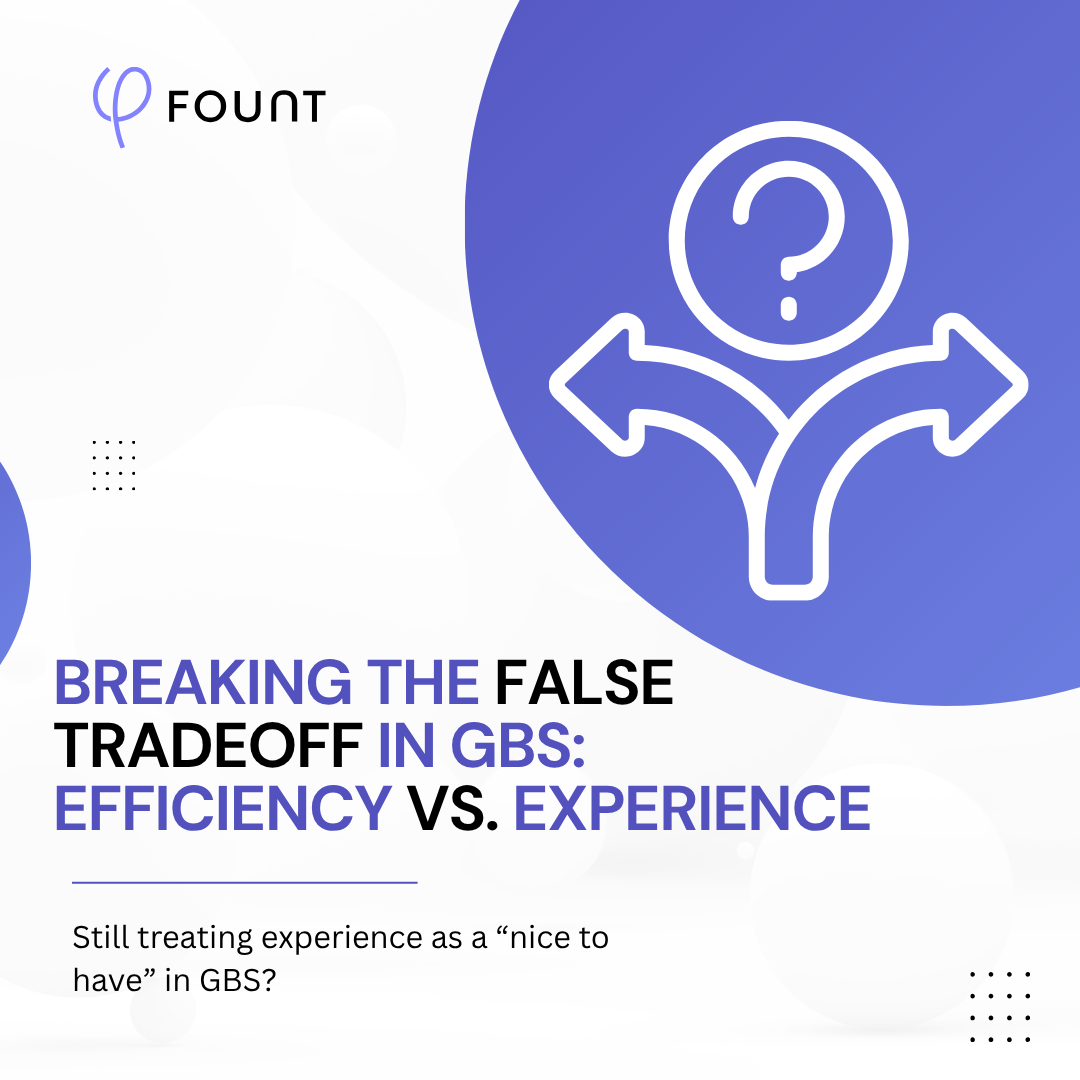
Insights
Breaking the False Tradeoff in GBS: Efficiency vs. Experience

Events
LIVE Webinar – July 9th for SSON Network. Beyond AI Hype: How to De-Risk Your GBS Transformation with Friction Data
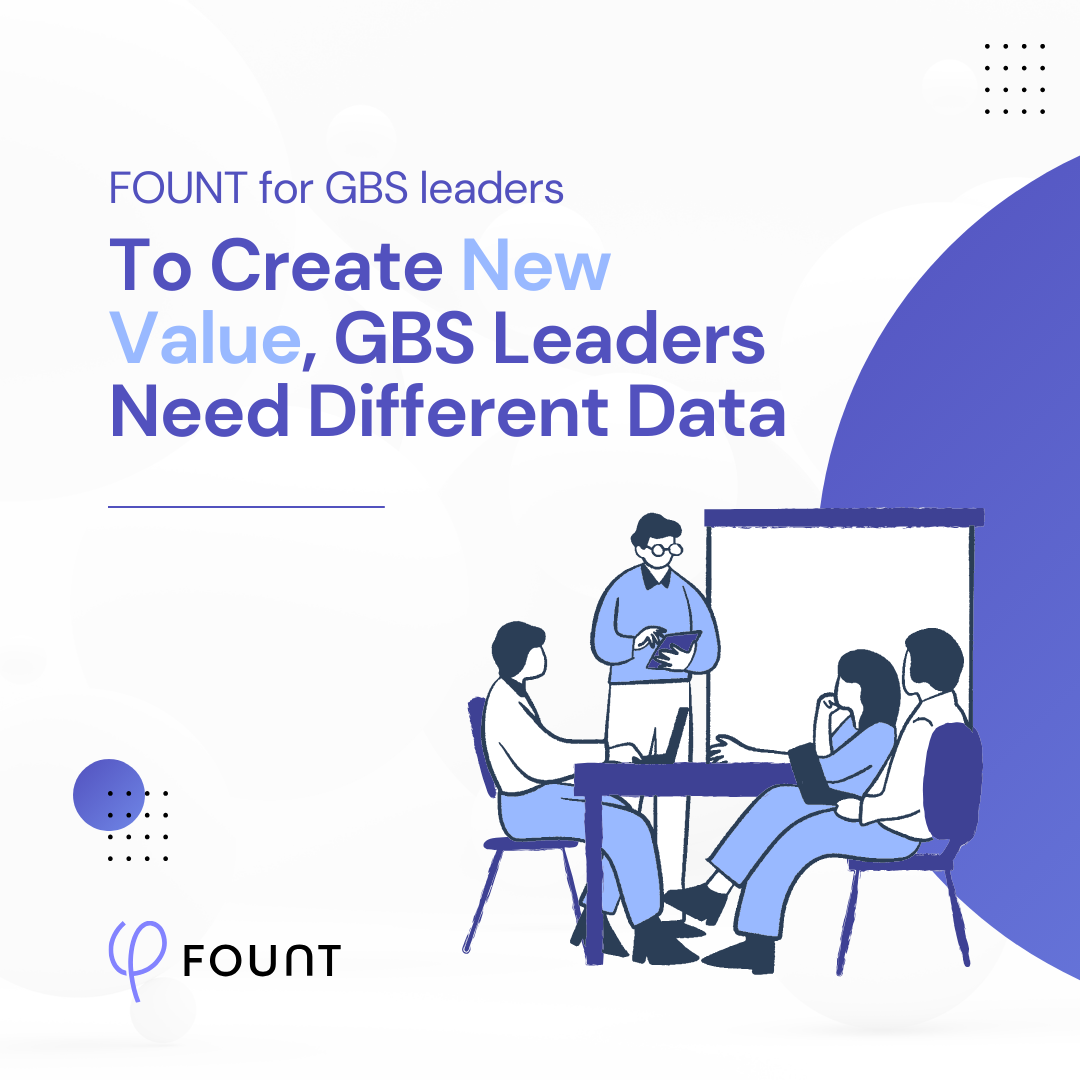
Insights
To Create New Value, GBS Leaders Need Different Data

Insights
How to Keep Up with the Latest AI Developments
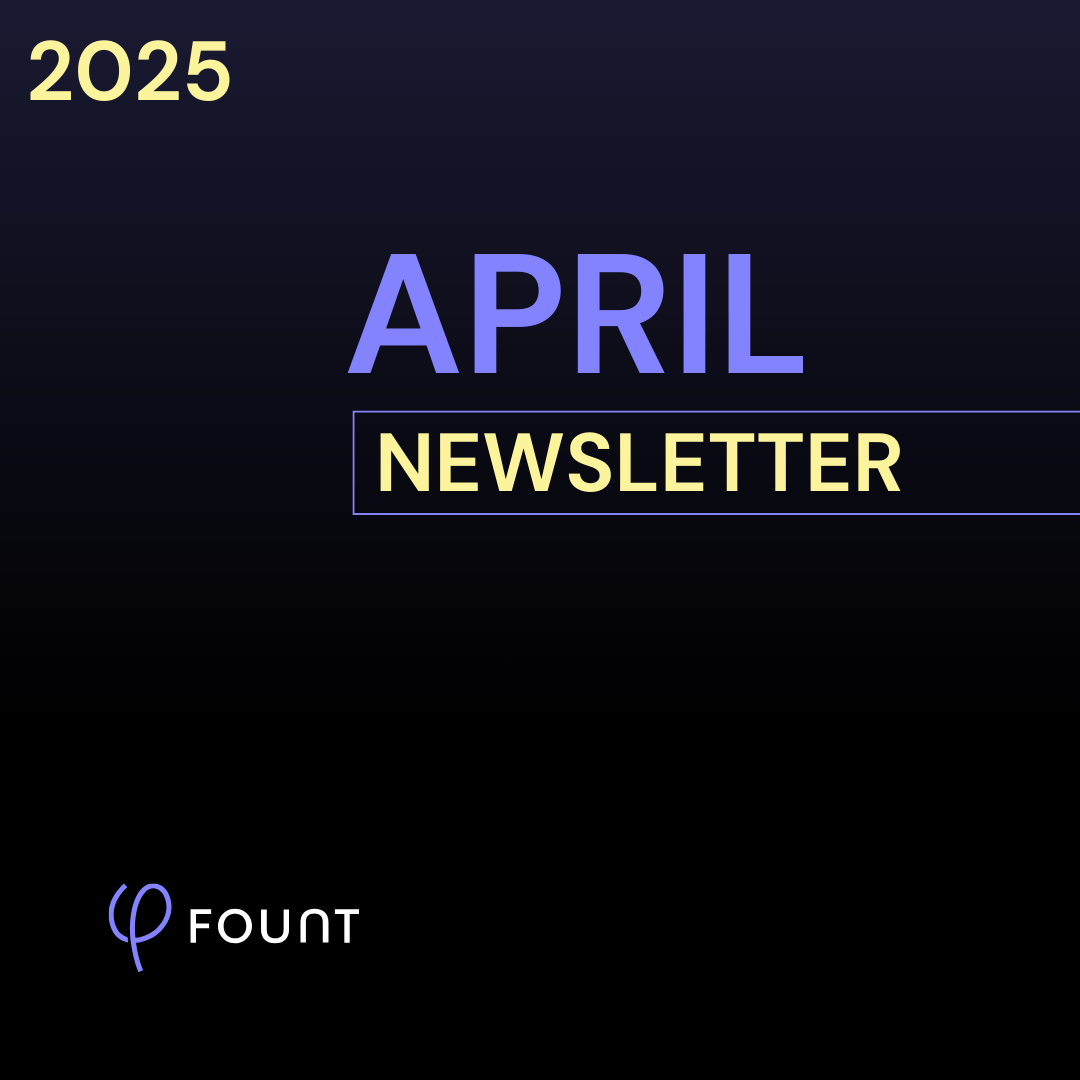
Insights
APRIL Newsletter. Friction: You Can’t Improve What You Can’t See
